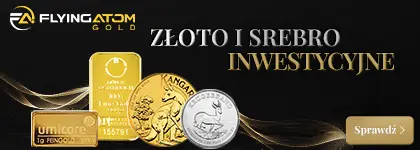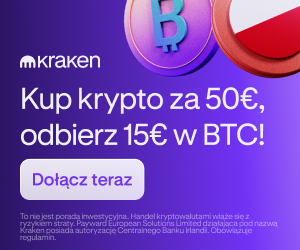
#SundayInterview. Authenticity and microidentities
0xcert is an open-source, permission-less protocol for certified non-fungible tokens (NFTs) on the blockchain. In the process, the data about such asset, e. g. Certificate of Authenticity (COA), is digitized, stored in cryptographic wallets, and owned by their users – says Jure Zih, Co-founder and CEO 0xcert, at Bithub.pl’s #SundayInterview.
Let’s start with the basics: what are non-fungible tokens?
Jure Zih: A couple months ago Kristjan Sedlak, Co-founder and our CTO, said that this year will be the year of non-fungible tokens. And it is true. As it was blockchain a buzzword last year, non-fungible tokens are more and more spoken among programmers and the word is spreading with light speed among early adopters in crypto world. It all started with cats, or CryptoKitties to be precise, but as aspiration. This was the use case that non-fungible tokens needed to wake up the entire community that ERC721 was needed and that it could and would drive the industry forward. Fungible means that something can be replaced by another identical item so in crypto world a fungible token is also not unique and can be replaceable with other identical tokens and so it can be exchange like Ethereum or other today’s known cryptocurrencies. But non-fungible tokens, most non-fungible tokens are implemented on Ethereum as ERC-721, it is just the opposite, it is unique, real-world asset that cannot be substituted by another one.
Your solution is also applicable to the world of art, namely proving authenticity and authorship of works of art. That’s a big and difficult market which has been struggling with controversies relating to fake auctions, pumped up prices and so on…
JZ: Yes, you are right! Just recently, the art community learned about a French museum finding out over half of its entire collection being forged. According to some estimates, up to 50% or even 70% of art pieces circulating the global market is being faked or forged. In museums and art institutions, where experts or connoisseurs usually do have the appropriate knowledge and means to judge the art piece’s authenticity before exhibiting it, still up to 10% of collections is estimated to be inauthentic. An art piece can further be examined using forensics analysis, or an extensive due diligence and both processes take plenty of time and even more money.
Can your protocol help to solve this issue and bring transparency to this market?
JZ: 0xcert is an open-source, permission-less protocol for certified non-fungible tokens (NFTs) on the blockchain. In the process, the data about such asset, e. g. Certificate of Authenticity (COA), is digitized, stored in cryptographic wallets, and owned by their users. The detailed data itself can be accessed only by the owners. However, its existence, authenticity, and ownership can, in turn, be examined and validated by the interested public without any third-party involvement.
So, there are several key assets that 0xcert protocol offers wherever ownership and authenticity are of crucial importance in very short: distribution of trust, non-fungibility, publicly accessible platform, privacy of information and open-source protocol. This enables institutions like auction houses, museums, and galleries to develop their own blockchain-based data storage, certification, and management system while cutting down significantly time and costs.
I would like to emphasize that we’re not experts in art, we’re not experts in real estate, we don’t pretend to know everything about assets that are coming into non-fungibles, but we created a really simple-to-use platform so those who know these markets can make something great. So to answer on your question is yes, we can help and with our protocol developers will be able to 0xcert-ified artwork too.
Separate important issue is ID management. There already are blockchain solutions dedicated to this area, related to self sovereign identity. What is your unique idea for using non-fungible tokens to manage identities?
JZ: We started with ERC721, but our protocol also provides conventions. This is probably the most unique part of 0xcert protocol. Conventions describe how digital assets can be converted into non-fungible tokens on the blockchain. With the 0xcert protocol, developers will be able to build the blockchain part of their applications super fast and easy with just a few lines of code what is very important for any kind of system.
Can different ID/authenticity management systems based on blockchains and tokens coexist easily or the market will finally favor one standard? What are your thoughts on that?
JZ: Identity is a hard nut to crack. But in terms of identity, we’re thinking more towards micro identities, that are perfect use-case for the ERC721. They are PKI based secrets that allow one party in a transaction to assert that they are the same person they were before. In terms of other solutions this depends mostly what the solution is based around. We strongly believe in open-source in this space and see that there is a need for a decentralized way to verify the authority of the issuer. With micro identities this is much easier to solve since this is somthing Google, Facebook, etc. are already doing today. For example your Facebook login is a micro identity that helps you log in to other third party services. This could be easily replaced (and made much more intuitiv) through an identity xcert, stored in your wallet and accessible through your MetaMask (or similar plug-in).
Interview by Przemyslaw Cwik
e-mail: p.cwik/at/bithub.pl
Foto: Glen Scarborough/Flickr


